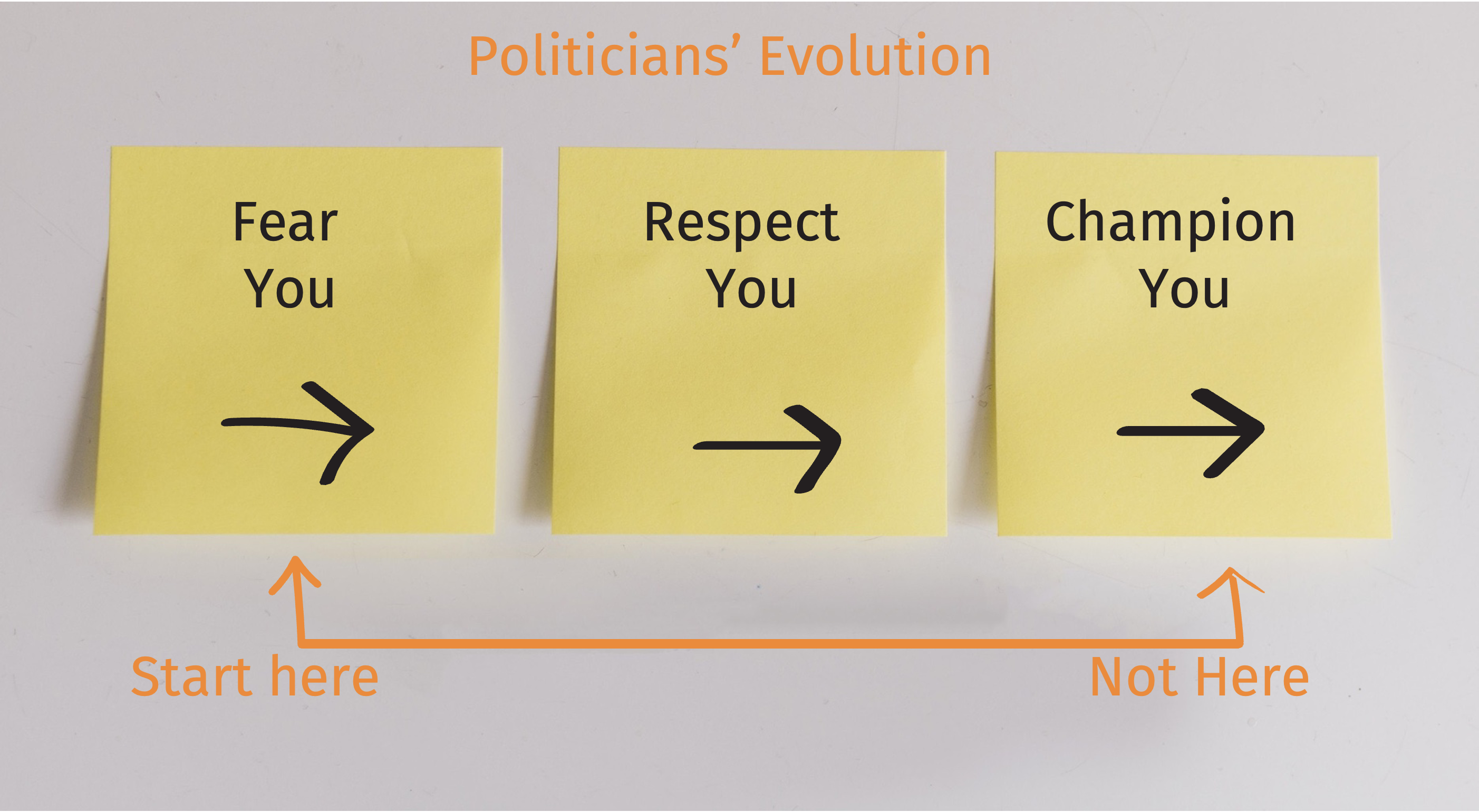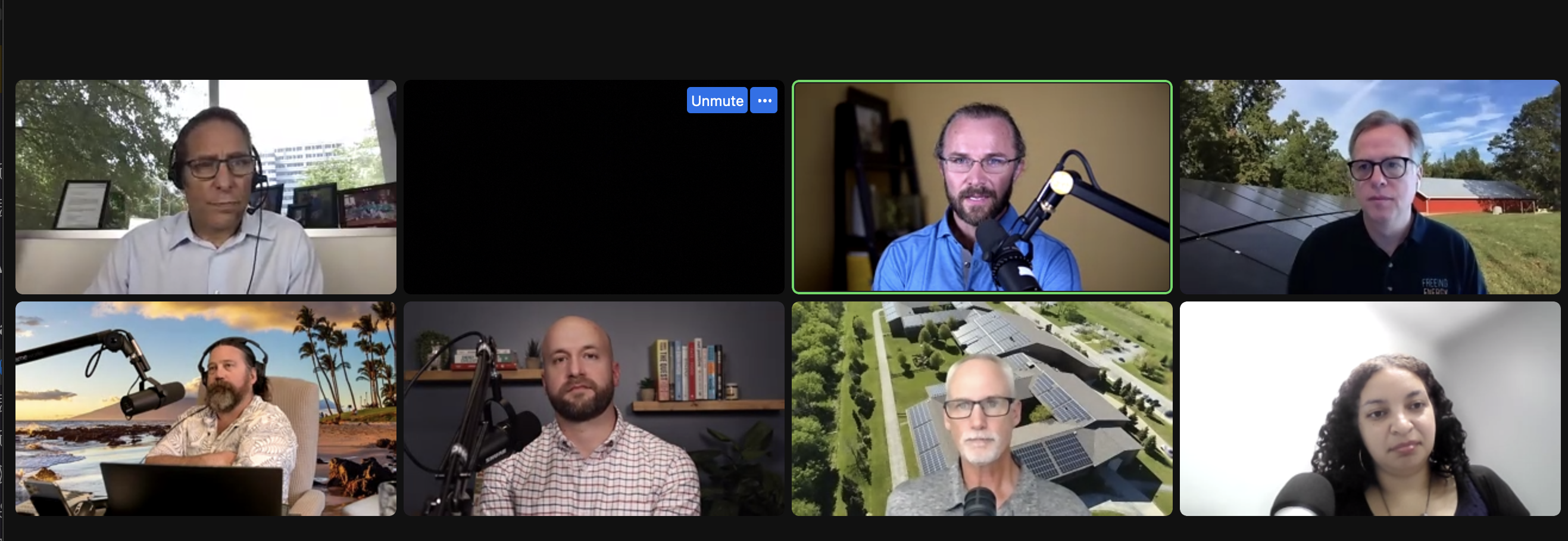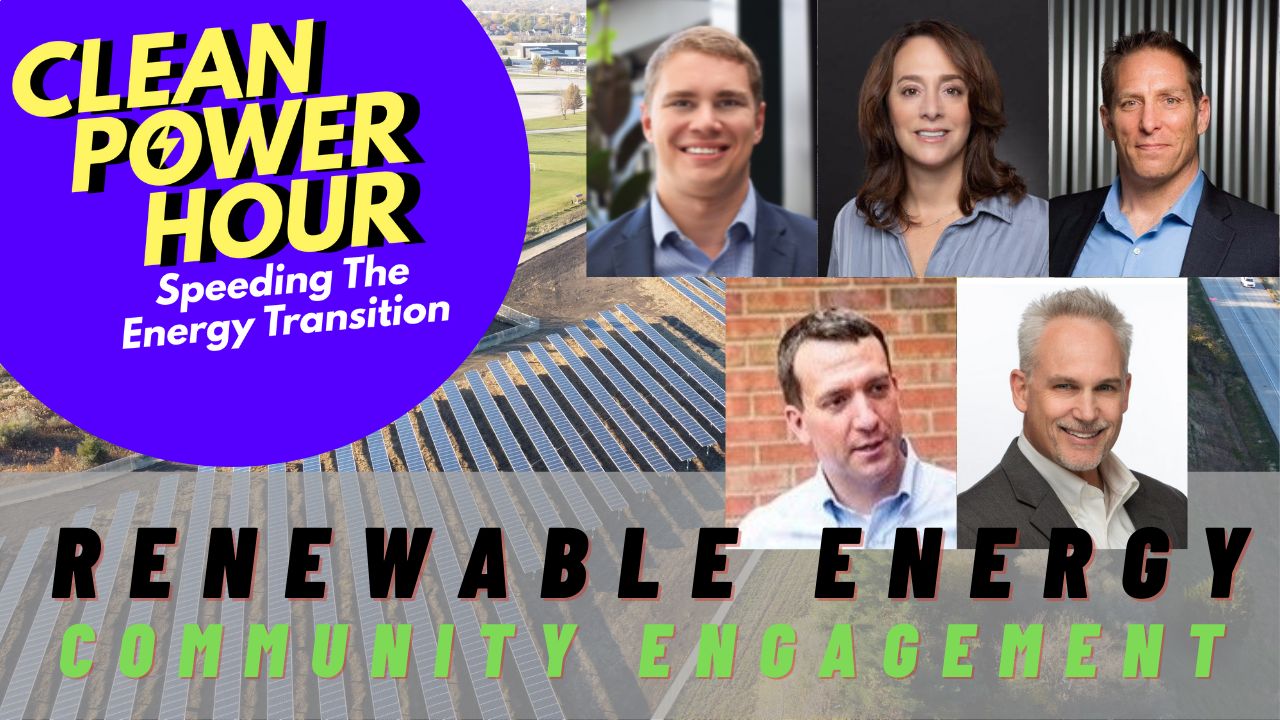Insights
Clean Energy Blog by Tigercomm
Expert Insights & Tips
It’s been a tough couple of years on the conference scene, raising questions about what trade shows will look like post-pandemic. I have to say, though, that...
Our 8th quarterly Cleantech Editors and Reporters Roundtable convened last week in the midst of one of the most exciting federal climate moves of our time.
Continue ReadingZachary Shahan of CleanTechnica honored us by running our recent white paper, “We’re the people we’re waiting for,” and interviewed us for his CleanTech Talk...
Continue ReadingBefore publishing this paper, I had to change its subhead from “Angry about Joe Manchin? Take a number,” to what you read above.
Many working for the clean...
Continue ReadingClean Energy Investment - Why Corporations Are Being Drawn to the Clean Energy Market Now
Note: this article was updated in August 2022 to reflect recent changes in the industry.
The Global Clean Energy Investment Landscape
The cost of renewable...
Continue ReadingLast week, a mix of regulars and new faces converged for the 5th Quarterly Cleantech Podcasters Roundtable, perhaps the best we’ve had so far:
Continue ReadingEnergy storage is a central, even crucial, component in the transition to a clean energy economy.
Continue ReadingCleantech executive teams are almost universally concerned with the impact of commoditization of their companies’ long-term growth. But if your product isn’t...
Continue ReadingDigital Solutions for Securing Community Acceptance of Wind Energy – With Will Eberle of E.ON North America
This article was updated in June 2022 to reflect...
Continue ReadingThe Importance of Public Affairs in the Micromobility Industry
Micromobility (MM) risks the fate of other disruptive industries that underinvested in public...
Continue Reading"Don't Ghost Your Host" - Improving Community Acceptance for Renewable Projects | Clean Power Hour with Tim Montague
Cleantechers, some of you might remember that last December, we released interesting numbers from bellwether Huron County, MI.Groundbreaking polling methods...
Continue ReadingDictionary.com:
Mosaic - 1. a picture or pattern produced by arranging together small colored pieces of hard material, such as stone, tile, or glass.
If you...










